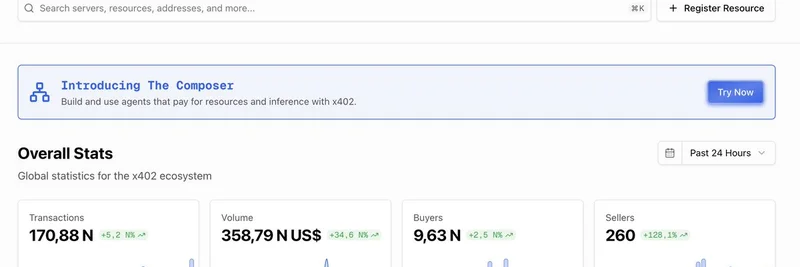Hey there, fellow crypto enthusiasts! If you've been riding the waves of the blockchain world, you know that each market cycle brings its own flavor of innovation and growth. Recently, DeFi expert Ignas shared an insightful tweet highlighting just how far the industry has come this time around. It's not just about the hype—it's about building solid foundations with institutions, laws, and infrastructure. Let's break it down in simple terms and see why this could be a game-changer, especially for those of us keeping an eye on meme tokens at Meme Insider.
Key Milestones in This Crypto Cycle
Ignas kicks off by celebrating the launch of spot Bitcoin (BTC) and Ethereum (ETH) exchange-traded funds (ETFs). These are basically investment vehicles that let everyday folks and big institutions buy crypto exposure without holding the assets directly. Think of them as a bridge between traditional finance and crypto. This cycle, we've seen these ETFs go live not just in the US but also in places like Hong Kong, Brazil, and Australia. For meme token fans, this means more liquidity flowing into the broader market, which can spill over to fun projects on chains like Solana or Ethereum.
Next up, there's been some serious lobbying muscle flexing in the US. The crypto community has pushed for a pro-crypto stance, even helping to vote out some vocal critics. This has led to key legislative wins, like the GENIUS Act (which focuses on fostering innovation in digital assets), FIT21 (the Financial Innovation and Technology for the 21st Century Act, aimed at clarifying regulations for crypto), and the end of SAB-121 (a controversial SEC rule that made it tough for banks to custody crypto). These changes are huge because they reduce regulatory hurdles, making it easier for meme tokens to thrive in a more compliant environment without constant fear of crackdowns.
Payments giants are jumping in too—PayPal, Stripe, Visa, and Mastercard have all integrated crypto and stablecoins (digital dollars pegged to fiat currencies for stability). This makes transactions smoother and cheaper, which is perfect for trading memes or using them in real-world scenarios. Imagine tipping your favorite meme creator with a stablecoin via your credit card app—it's getting closer to reality.
Even traditional players like Robinhood are getting deeper into crypto. They're building their own Ethereum Layer 2 (L2) network, which is essentially a scaling solution that makes transactions faster and cheaper on top of Ethereum. Speaking of scaling, blockchains overall have leveled up: Ethereum's throughput (how many transactions it can handle) is higher, L2 fees are down to mere cents, and Solana has become more stable and speedy. For meme tokens, which often live on these chains, this means less frustration with high gas fees during viral pumps and more accessibility for new users.
And let's not forget Circle, the company behind the popular USDC stablecoin, successfully going public with an IPO. This adds legitimacy and attracts more institutional money into the space.
Shifting Focus from Hype to Foundations
Ignas contrasts this with the last cycle, which was all about NFTs (non-fungible tokens, unique digital collectibles) and the "DeFi summer" (a boom in decentralized finance protocols for lending, borrowing, and trading without banks). This time, it's more mature: institutions are onboarding, laws are evolving, and infrastructure is solidifying.
He wraps up by saying this feels like the start of real adoption. I couldn't agree more. At Meme Insider, we see how these developments create a fertile ground for meme tokens. Better scaling means meme communities can launch and trade without breaking the bank, while institutional interest brings in fresh capital that could fuel the next big meme narrative. Sure, some replies to the tweet mention potential downsides—like institutions being a double-edged sword that might curb wild speculation—but overall, the vibe is optimistic.
Why This Matters for Meme Token Enthusiasts
As we organize our knowledge base here at meme-insider.com, it's clear that these industry strides aren't just for the suits on Wall Street. They democratize access, making it easier for blockchain practitioners to experiment with meme tokens. Lower fees on Solana? That's a win for quick, fun trades. Clearer regs? Less risk of projects getting shut down overnight. If you're looking to enhance your skills, keep an eye on how these infra improvements integrate with meme ecosystems—it's where the next wave of innovation might pop up.
What do you think? Is this the dawn of mass adoption, or are we still early? Drop your thoughts in the comments, and stay tuned for more updates on meme tokens and beyond. Remember, in crypto, knowledge is your best wallet!


